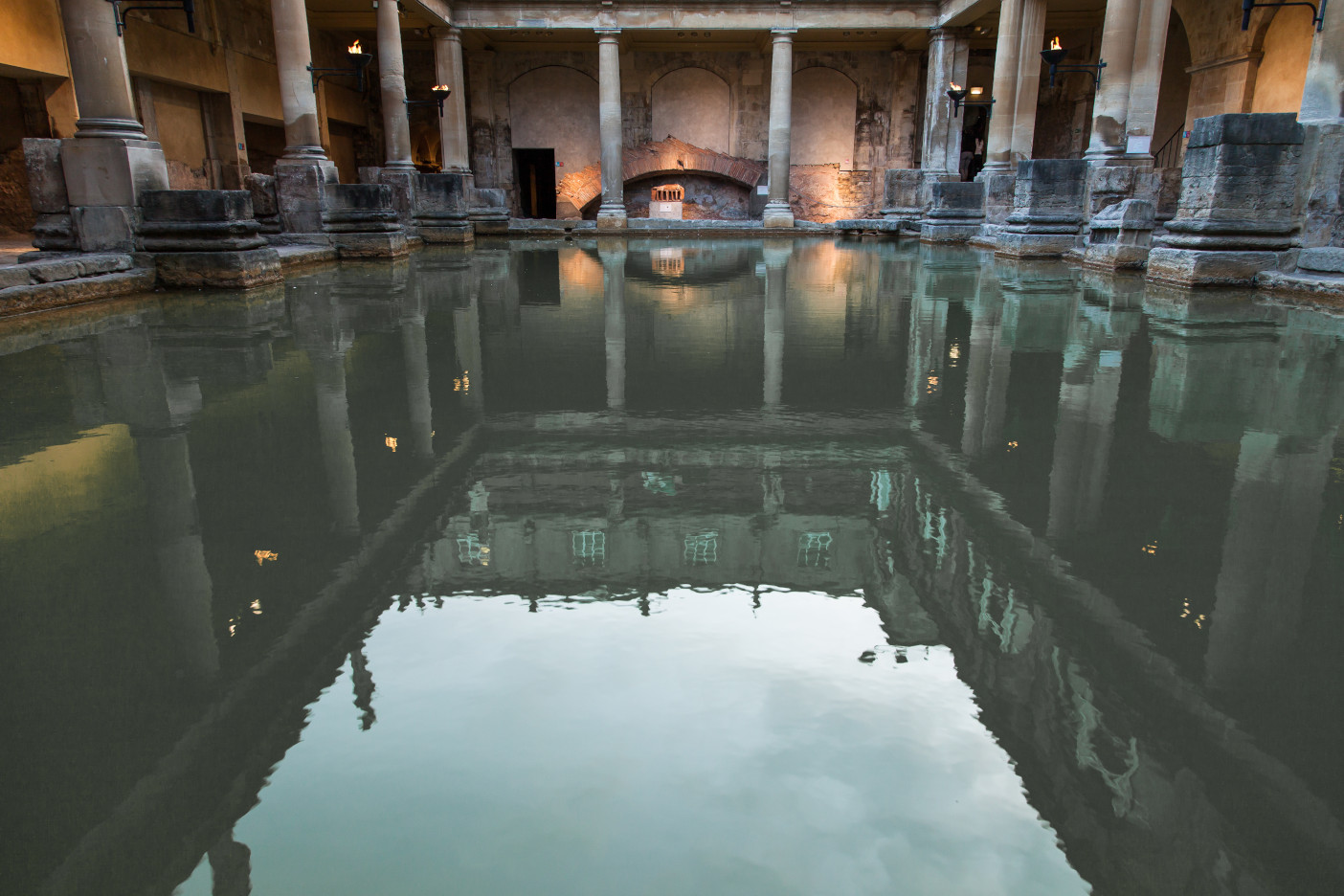
Roman Influence
The Roman influence on Scotland, emanating indirectly from 43 CE with the Roman occupation of southern Britain and directly from around 79 CE, was multifaceted, impacting local tribes through intermittent military campaigns, construction of fortifications like the Antonine Wall, and cultural exchanges. While never fully subjugating Scotland, the Romans engaged in both conflict and trade with local tribes, including the Picts, leading to a diffusion of Roman material culture, technology, and military tactics among the indigenous populations. These interactions contributed to the evolution of local societies and left an enduring imprint on Scotland's cultural and historical landscape, shaping developments in the region even after the Romans withdrew from Britain around 410 CE.
This event is also available in the following timelines: